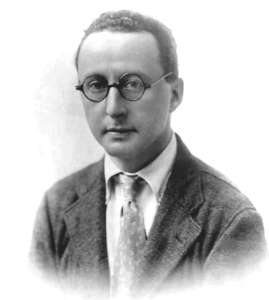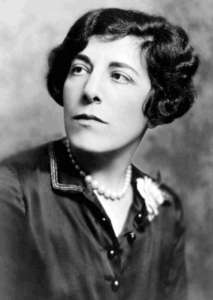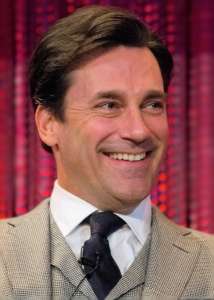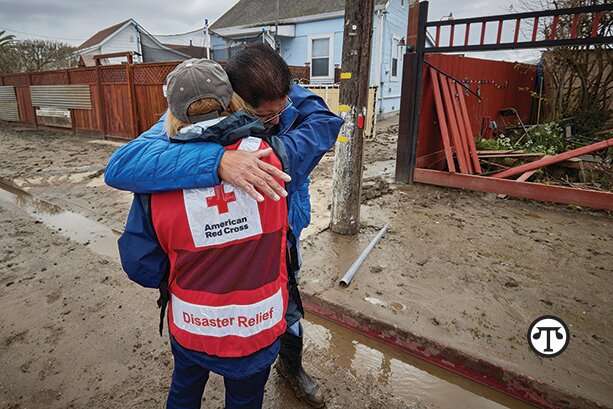REVIEW POTPOURRI – Composer: Jerome Kern
 by Peter Cates
by Peter Cates
Jerome Kern
Great American Songbook composer Jerome Kern (1885-1945) was so captivated by reading Edna Ferber’s 1926 novel Showboat that he immediately saw its possibilities as a musical on Broadway. But he had never met Miss Ferber and had no idea how she’d respond.
One evening at a theater reception, he spotted an acquaintance, the notoriously outspoken book reviewer/author/theater critic/radio personality Alexander Woollcott (1887-1943) who was chatting with a woman and who could possibly arrange an introduction, given his own connections in the publishing world; Kern approached Woollcott with his request.
Woollcott replied that Ferber was very reclusive and inapproachable and could not imagine her wanting to even discuss the matter but would see what could be done. He then turned to the woman sitting next to him and said, “Edna Ferber (1885-1968), meet Jerome Kern. ”
With lyricist Oscar Hammerstein, Kern worked very quickly and the musical premiered on Broadway in less than a year. It was a huge success, it has generated at least two films in Hollywood, numerous recordings of selections have been released – I am quite fond of a 1946 Columbia Masterworks set- but Showboat had to wait until the mid-1980s for a complete recording of its three hour plus length of music and drama.
In 1980, I attended a production of Showboat at the Houston Grand Opera starring Donald O’Connor, a quite memorable evening.
Certain songs from the musical still resound – My Man Bill, Can’t Help Lovin’ That Man, and Old Man River.
A Music Treasures of the World LP from the ‘50s contains the nicely scored Showboat Symphonic Suite conducted by William Strickland (MT-31).
I recently listened to several other records here at the house of Kern compositions:
Columbia A5081 – a December 31, 1908, 12-inch shellac featuring soprano Elise Stevenson singing a very charming song, Frieda, from the 1908 Broadway musical, the Girls of Gottenberg, which closed after less than a year.
Victor 35425 – a November 24th, 1914, shellac, also 12 inch, featuring the Victor Military Band performing a medley of tunes from the Girl from Utah, which includes the classic They Didn’t Believe Me.
Victor Red Seal – a 1938 set of six 12-inch 78s, Gems from Jerome Kern Musical Shows, presenting the Victor Light Opera Company directed by Leonard Joy.
ES 10, a 1960 LP with Ed Sullivan’s written notes on Kern’s 1933 musical Roberta and selections from it performed by the uncredited vocalists listed simply as the Ed Sullivan All Star Cast, the record having sold in supermarkets for $1.69. Selections included Yesterdays, Smoke Gets in Your Eyes and Lovely to Look At, and were very nicely performed.
Book of the Month Records 41 – 7511, a 1984 three LP set with booklet, Jerome Kern Master of Melody, and containing vintage recordings of his music that range from Paul Whiteman to Perry Como.
The arranger/composer Paul Weston related an anecdote about working with Kern in Hollywood. The older composer told Weston, “Whenever you get told to do something that doesn’t make any sense, you ask why and keep asking why until you get an answer that does.”
On November 11, 1945, Jerome Kern died in a New York City hospital, at the age of 60, from a cerebral hemorrhage he had suffered six days earlier; Oscar Hammerstein was keeping a vigil in the room when Kern stopped breathing.








 You can join in the efforts of Rotary members and others to wipe polio from the face of the earth.
You can join in the efforts of Rotary members and others to wipe polio from the face of the earth.









